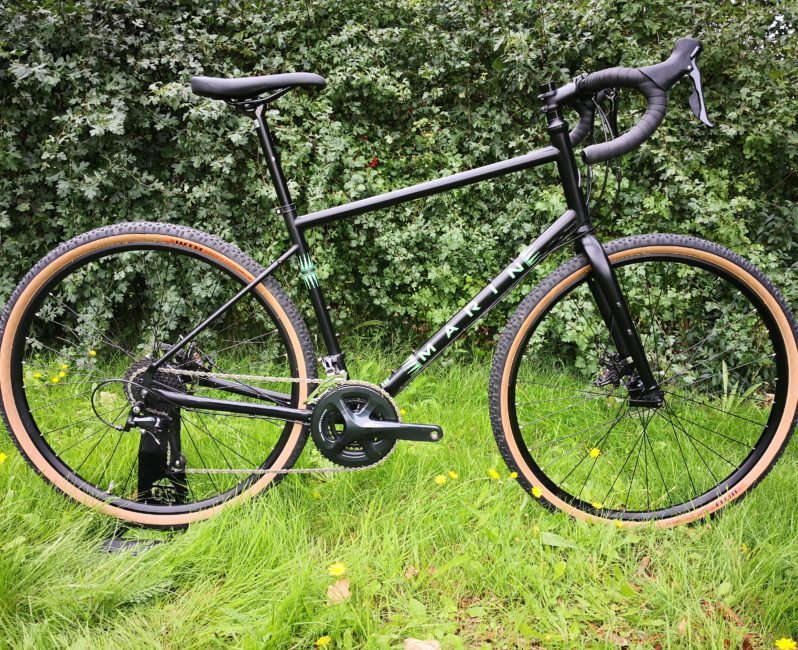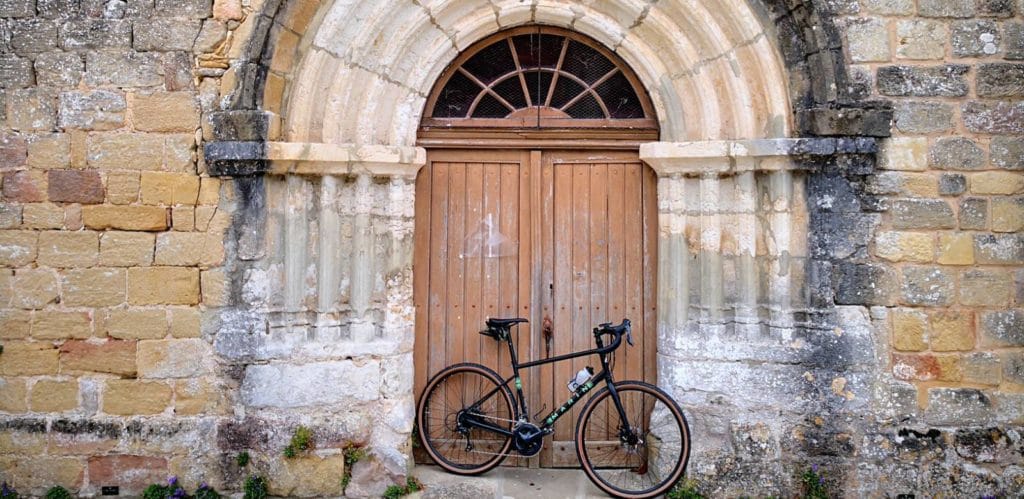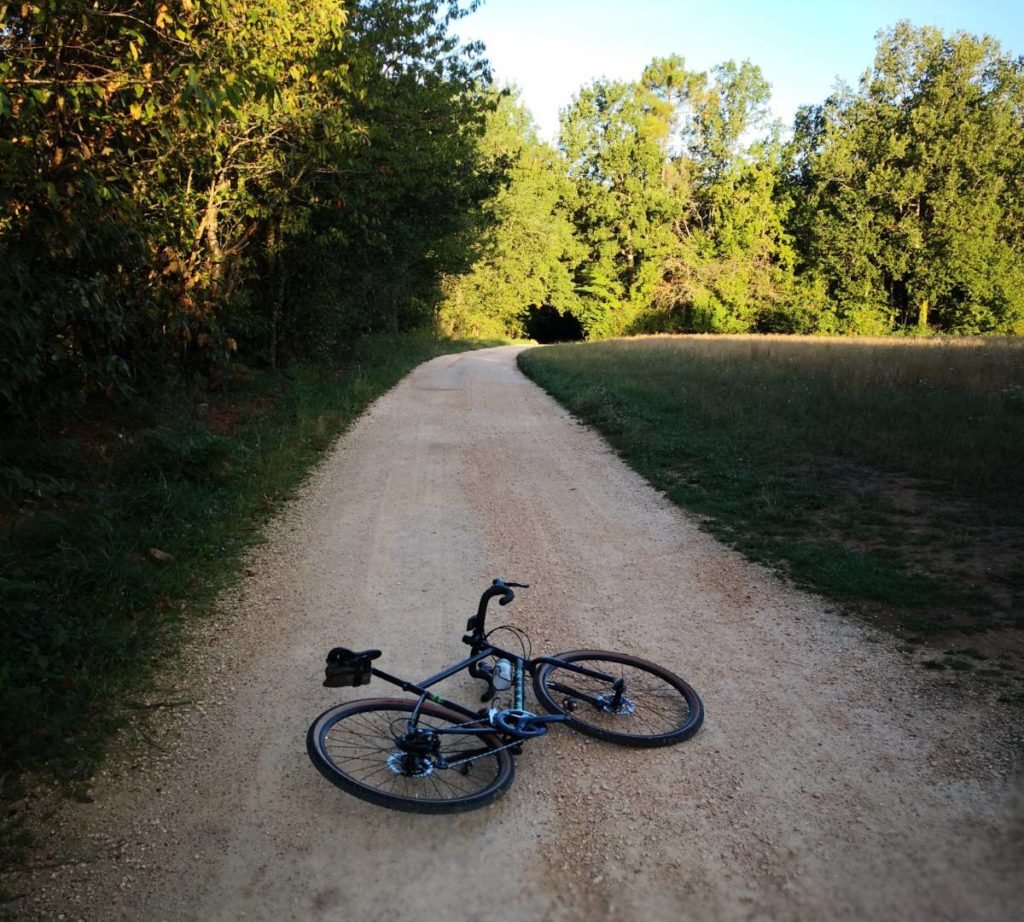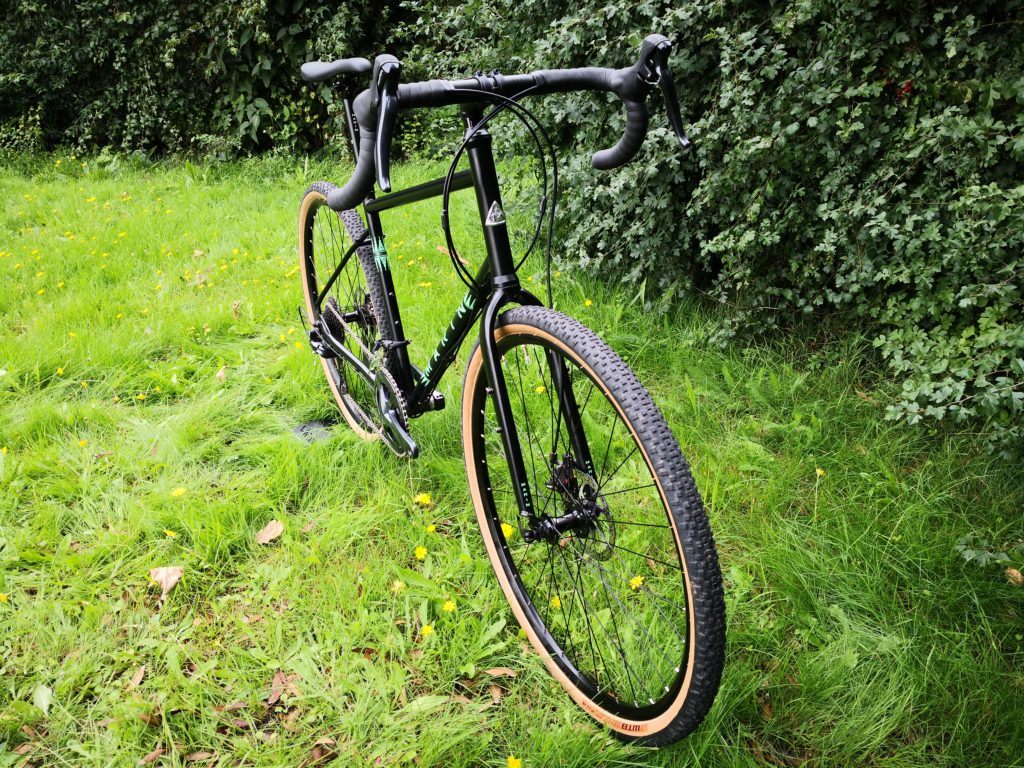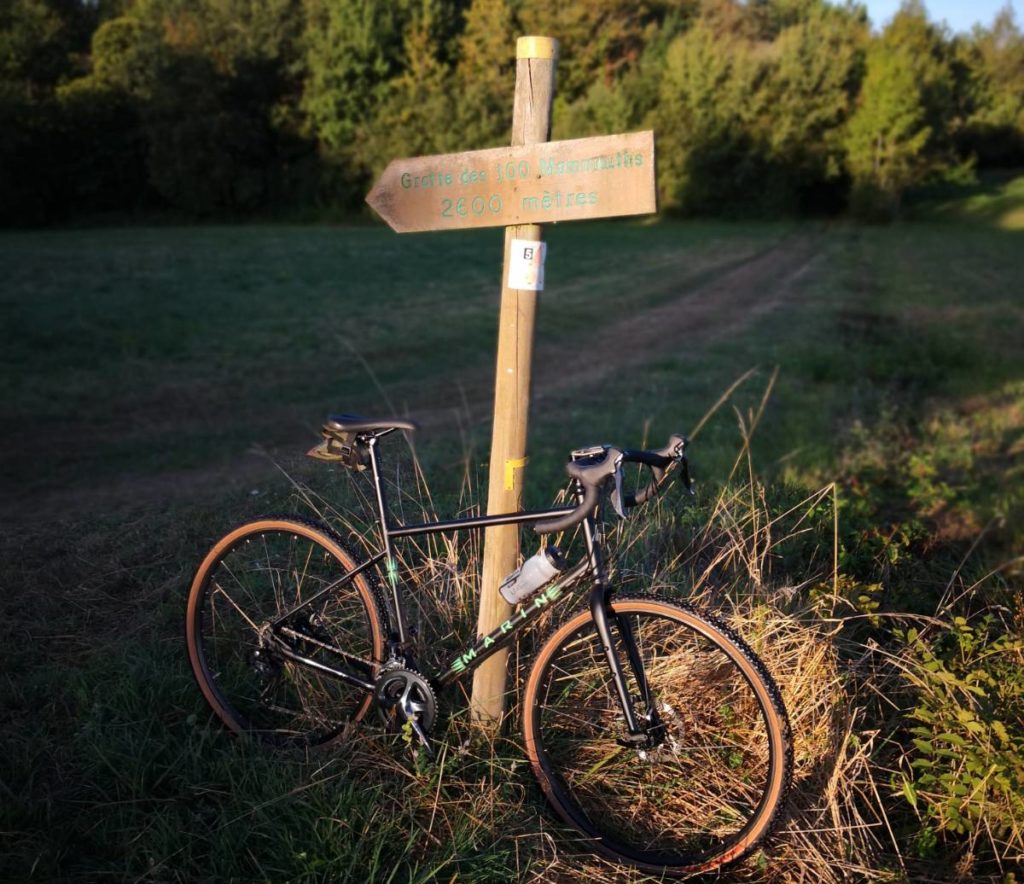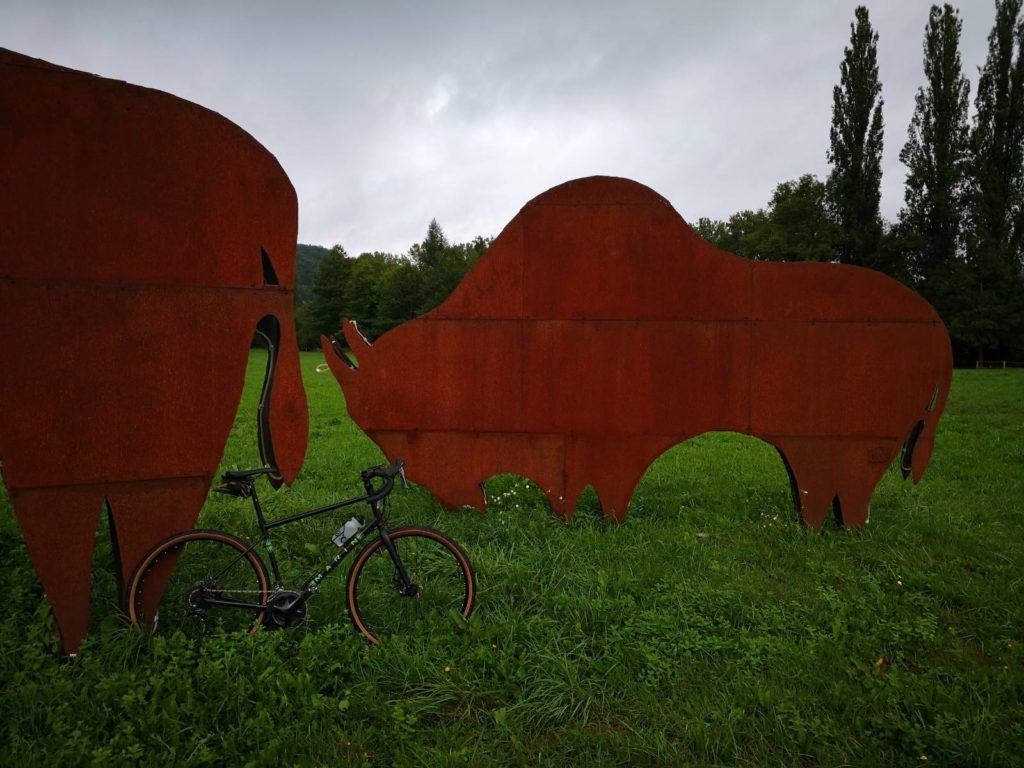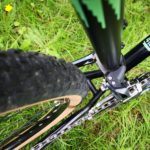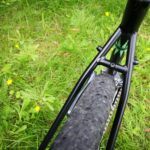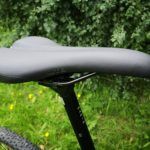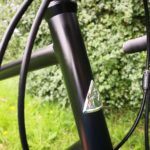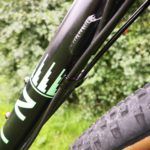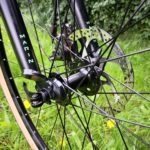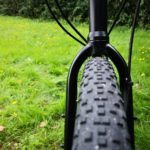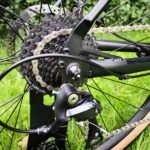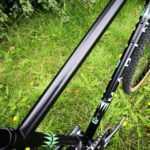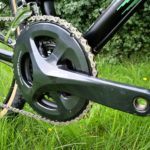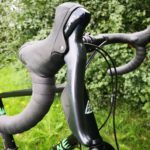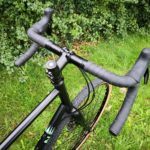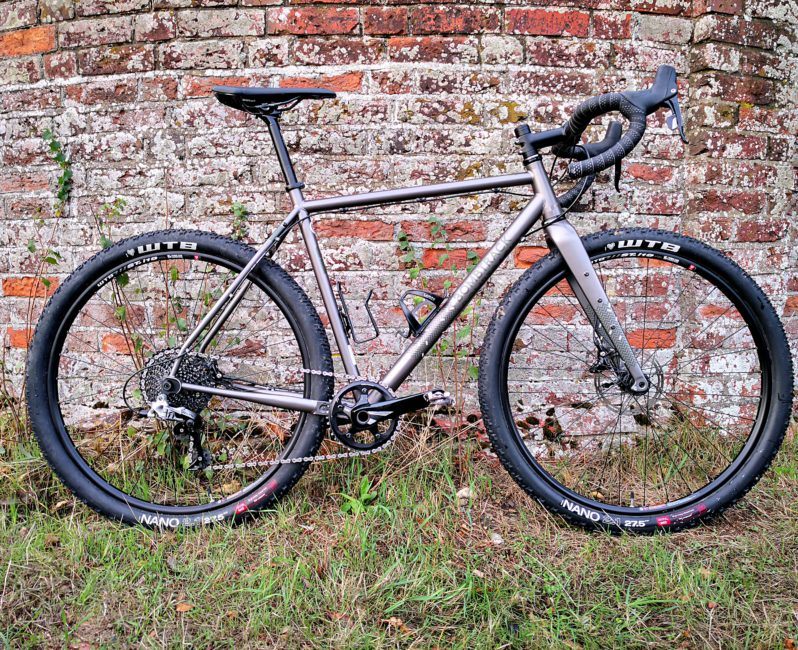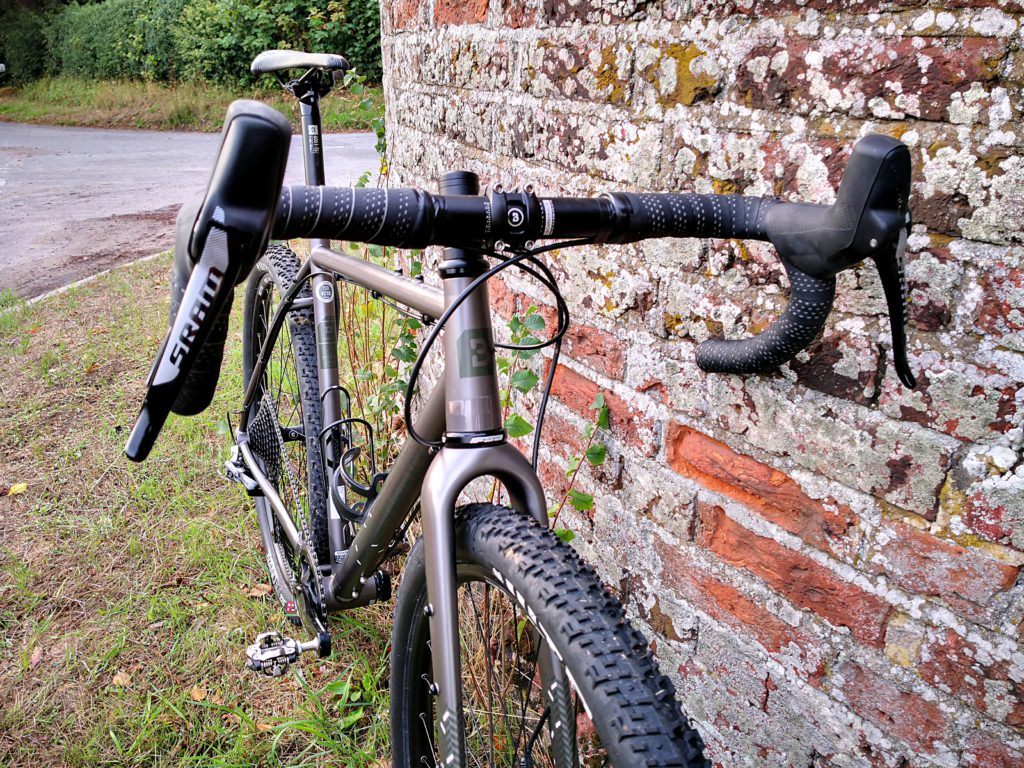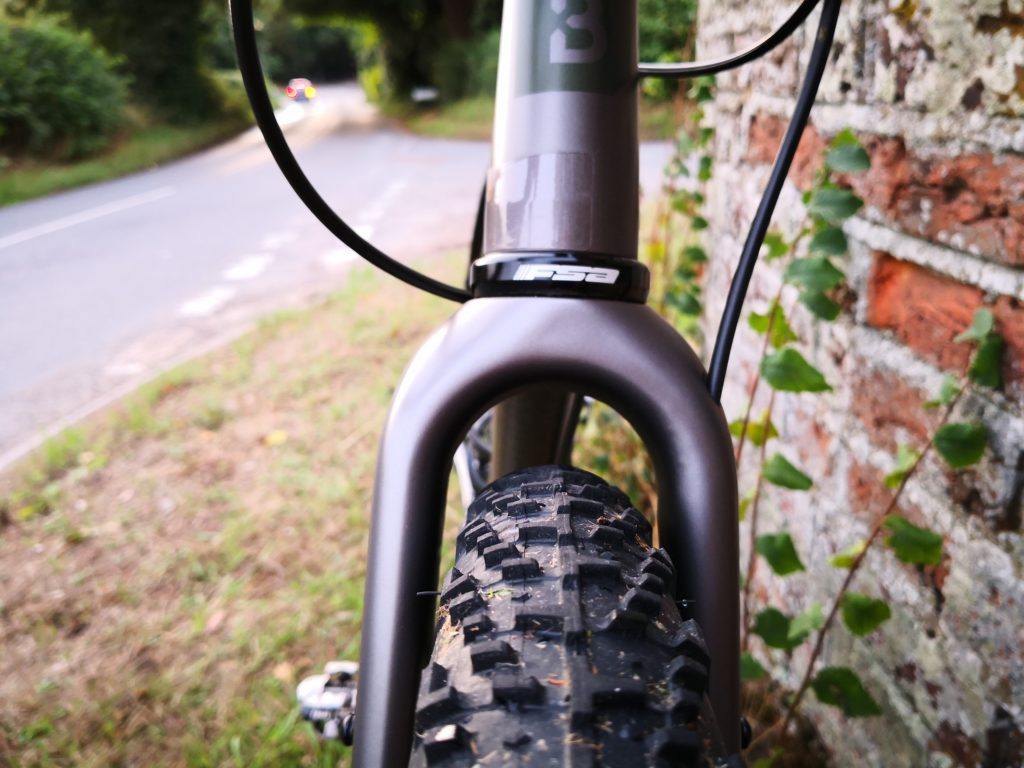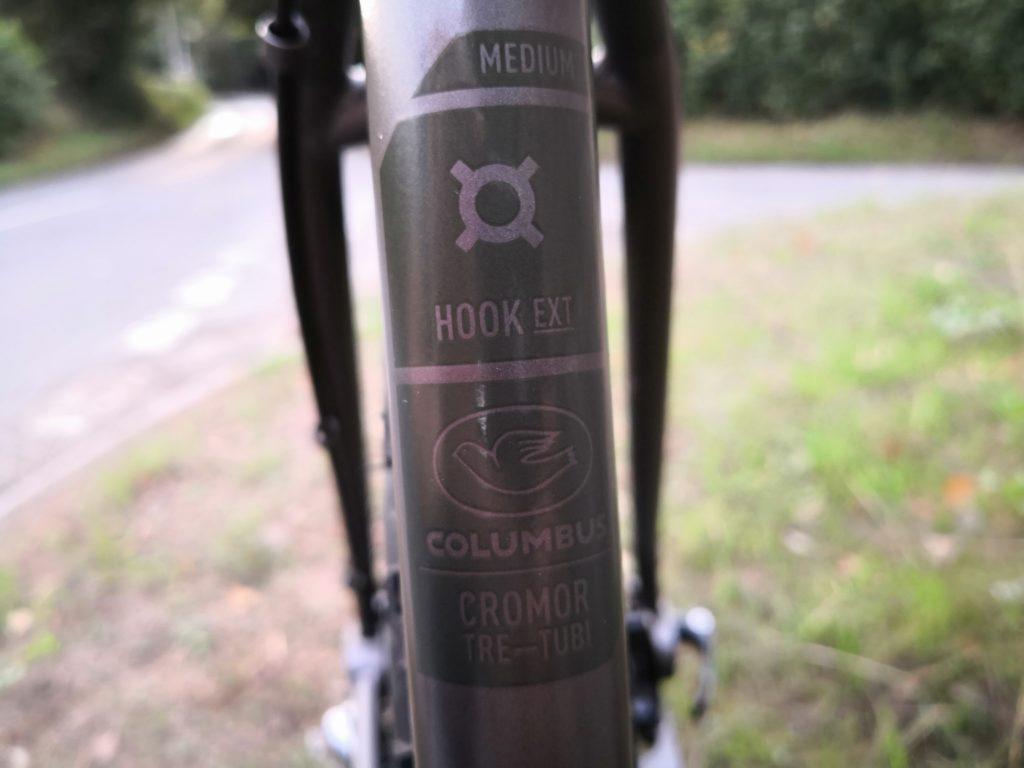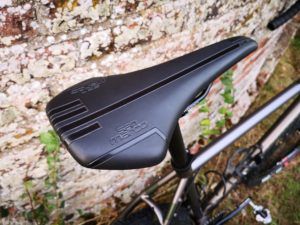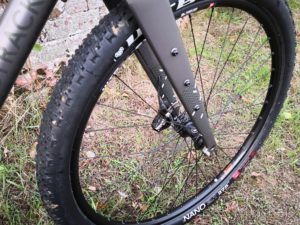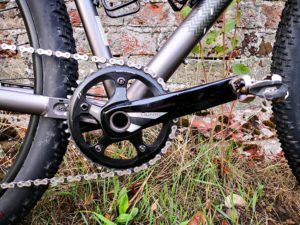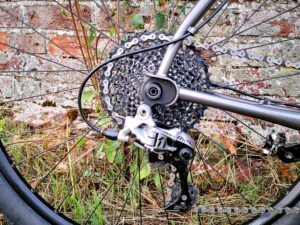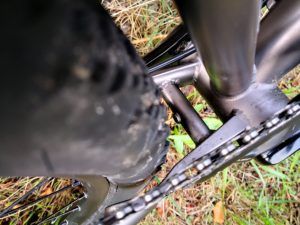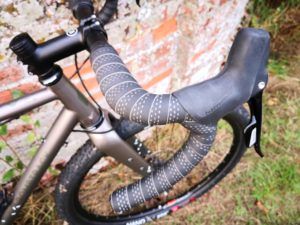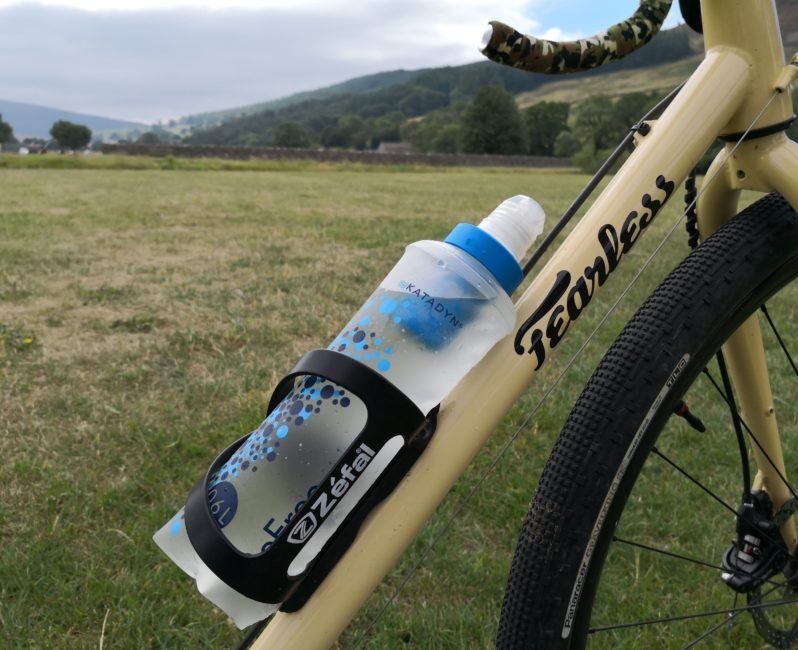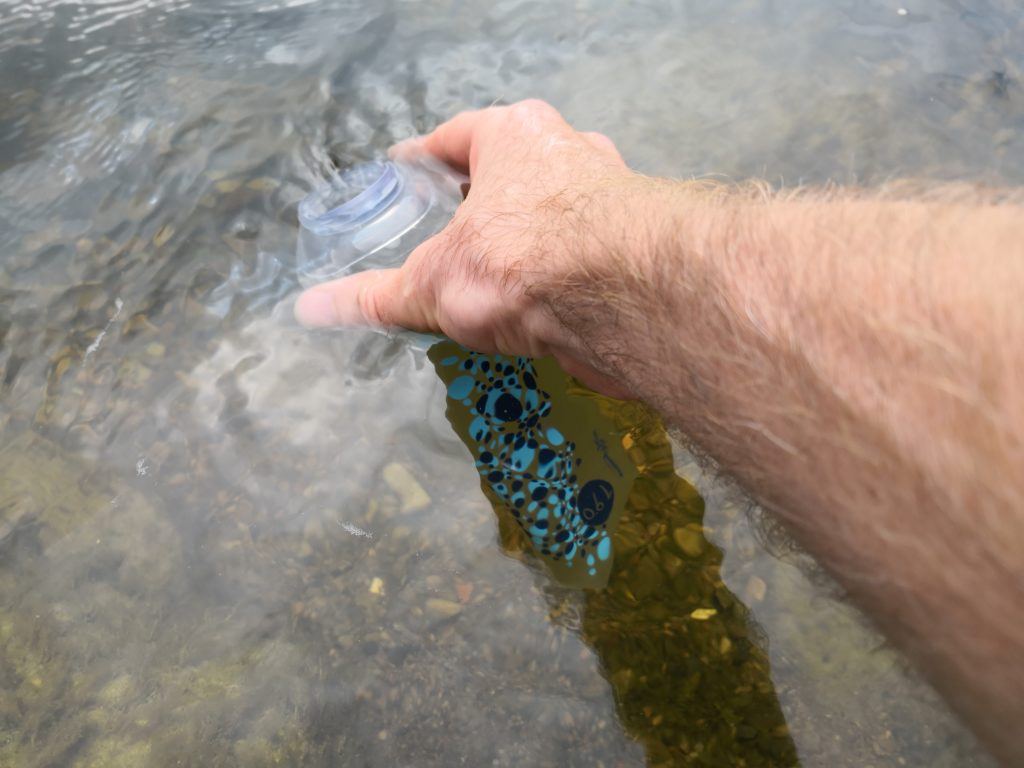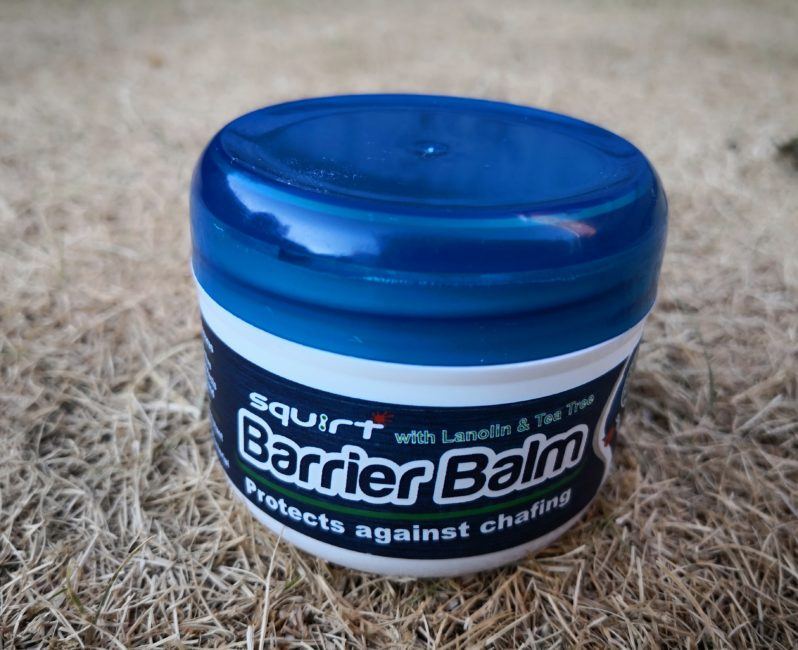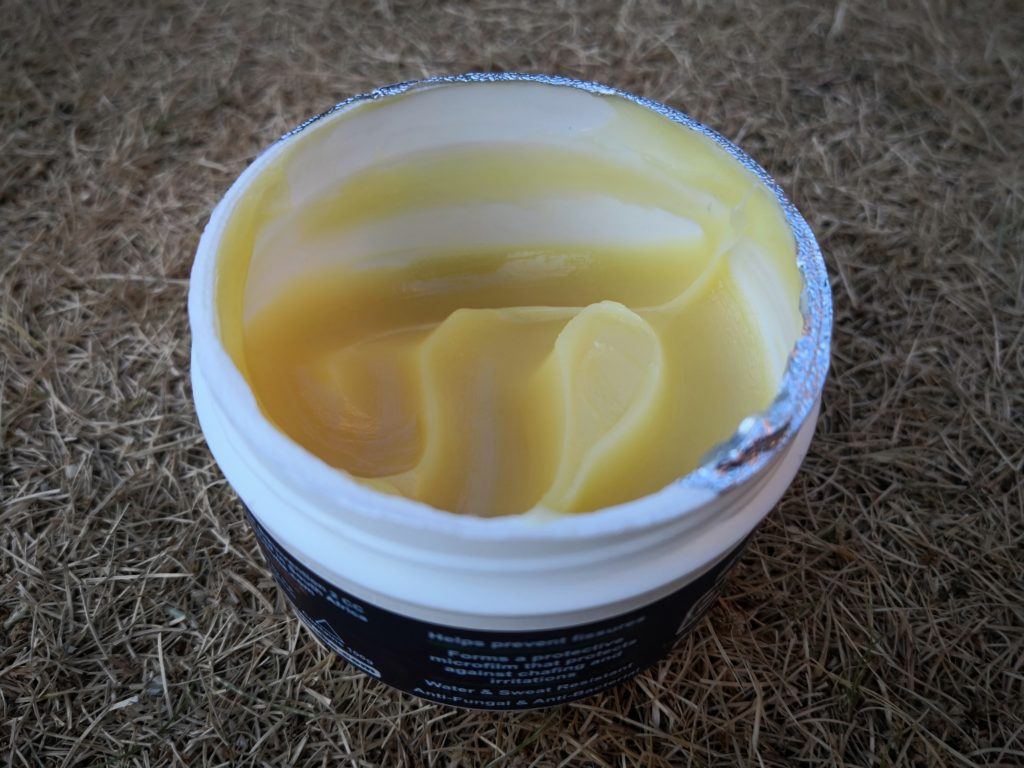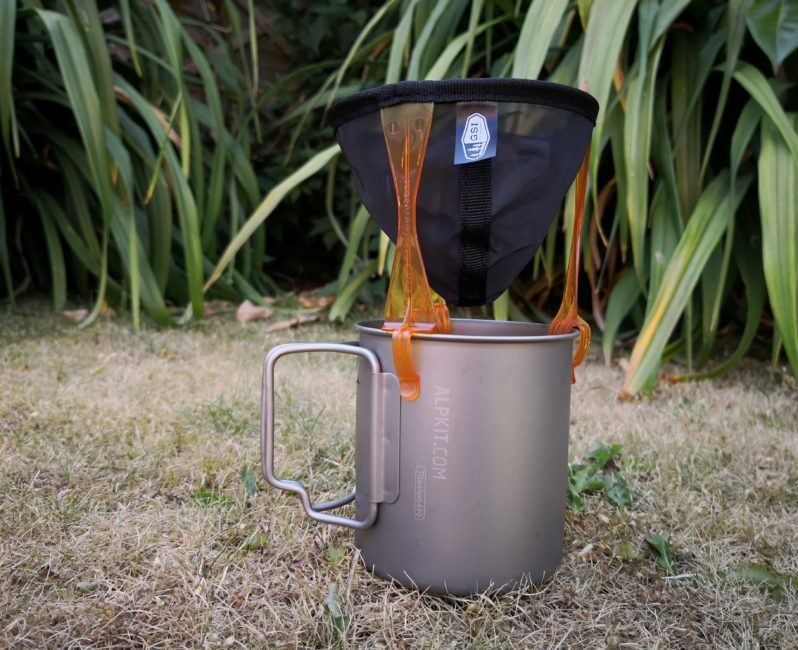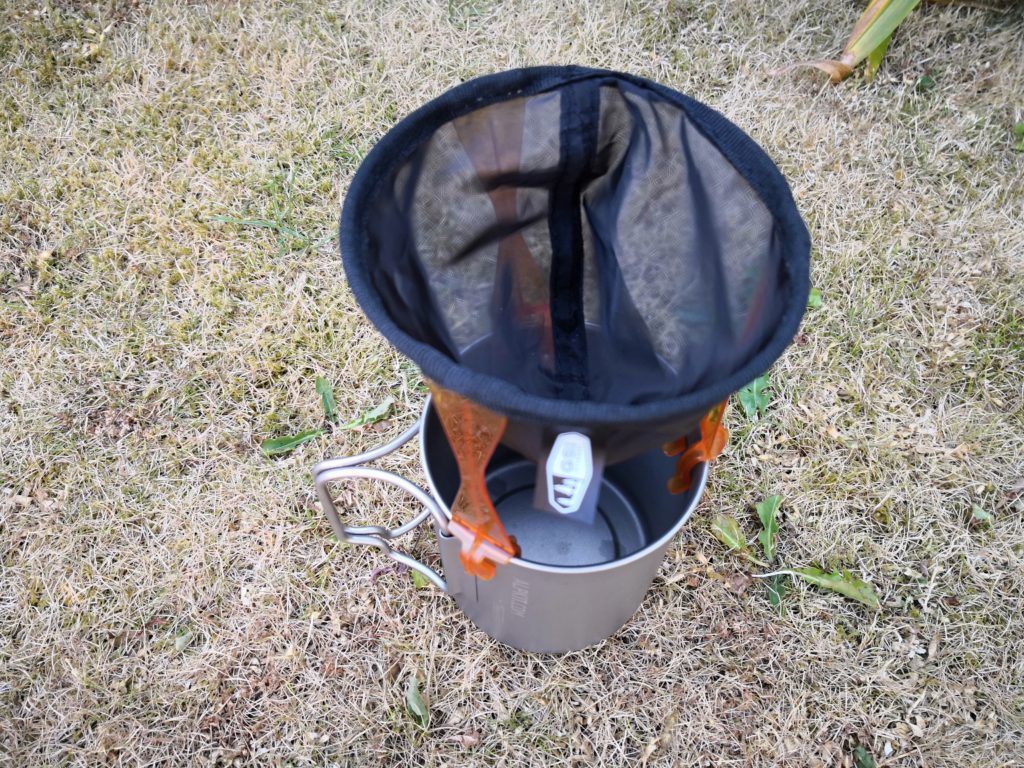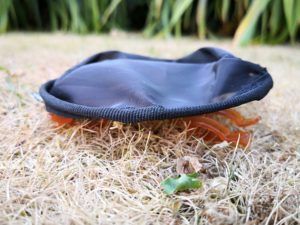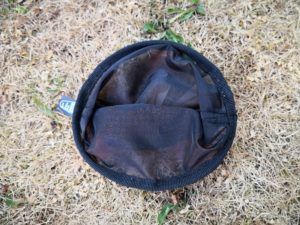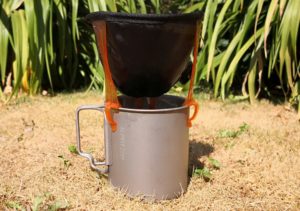Sunshine day dreaming
In the early 90s Marin were one of the most exciting mainstream manufacturers. A product of the nascent mountain bike scene in Marin County, the imagery they used in their promotional material was stunning. By the standards of the time, their bikes were pretty cool too. And when they formalised their association with F1 engineer Jon Whyte, they came up with one of the first really credible full suspension bikes. The world seemed to be within their grasp but they lost contact with the pack, fell off the back and joined the ‘autobus’.
Fast forward to today, and under new management, Marin is producing probably the most exciting and relevant bike range in it’s long history.
Value for money?
As well as mountain bikes, Marin have a comprehensive range of drop-bar bikes suitable for gravel or adventure riding. From the full-blown ‘cross-racing’ Cortina, through to the alloy Gestalt and steel Nicasio all-road bikes, they appear to have all bases covered.
The bike that most caught our eye was the Four Corners. At £850 this sits firmly in budget territory. Having said that, not everyone wants to, or can afford to, splash out thousands on a new bike. We wanted to see whether, despite the lowly price tag, the Four Corners was up to the job.
The frameset is made from 4130 Butted CrMo tubing. Sensibly, wheel size is determined by the frame. The XS and S come with 650b while the M,L and XL with 700c wheels. (The 700c option has clearance for 700×42 tyres).
There are braze ons aplenty! Enough for six bottle or gear cages, front and rear racks and mudguards. At first glance it looks very much like a direct competitor to a Salsa Vaya or Fargo. At £850 though, it is considerably cheaper than any Salsa – at least in the UK.
There is a Four Corners Elite that retails for £2000 but that is way outside the test parameters we had set.
The heart of the matter
Marin dub the geometry Utilitour. This seems to be shorthand for multi surface, long distance,adventure geometry!
The super-long headtube (229mm on our Large test bike) makes for an upright and stable riding position.
The tubing is classic skinny steel without a hint of oversizing or fancy manipulation. Combined with the retro Marin graphics and satin black paint, it is smart looking bike. It almost goes without saying that Marin have sensibly specified a standard threaded BB shell. Alongside the many other practical features this was almost an obvious choice. The neat welds, downtube gusset and bolt on cable guides are all smart touches, let down slightly by the rather basic stamped dropouts. The Four Corners weighs in at 13.2 kg (29.1 lbs), it’s no lightweight, but neither is it a deadweight!
The use of QR’s front and rear is a little old fashioned but no doubt help keep costs under control.
Clearances around the supplied 42c tyres are good. Fitting mudguards, or slightly bigger tyres shouldn’t give you any problems. Just don’t try and fit any full blown MTB treads.
Unbroken Chain
Apart from a KMC chain, the drivetrain is the much improved, though utilitarian, 9 speed Shimano Sora. It isn’t fancy, it isn’t slick but it does the job reliably. Let’s face it, that is ideal on this type of bike.
Pairing a triple chainset (50-39-30) with an 11-34 cassette gives you a spread of gears from around 25″ to 127″. By way of comparison the 1×11 Bombtrack Hook EXT we recently tested with a 40 x 11-42 gives 26″ to 98″. Ironically, you might find the extra range of the triple drivetrain to be of limited benefit.
Braking is provided by the increasingly popular TRP Spyre-C brakes paired with 160mm rotors. The Spyre’s are easy to adjust and generate decent stopping power – for cable actuated discs. It is easy to see why Avid’s BB5 and BB7 have fallen by the wayside.
Let the good times roll
The finishing kit on the Four Corners is unexciting but perfectly functional. Marin specify 70mm stems for all sizes. Along with the 12º flared bars, this combination puts you in an upright riding position. You definitely don’t feel tipped over the bars!
The handlebar tape is quite rubbery and gives you a decent amount of cushioning.
The WTB Volt Sport 142 saddle was very comfortable.
The wheelset combines black hubs, stainless spokes and unbadged double wall alloy rims. It’s a basic set-up and there’s no mention of tubeless compatibility on either tyres or rims.
The tyres are 42c WTB Resolutes. Our recent test of the TCS Light Resolutes mirrors in our experiences here. Even in the modest OEM puncture protection variety they roll well on smooth surfaces and are grippy and stable in the rough.
Truckin’
So how does the Four Corners work as a complete package?
The utilitour geometry with its high front end instantly puts you into a comfortable riding position. Having said that, it manages not to feel too ‘sit up and beg’. Putting extra power down instantly reminds you that the Four Corners is a steel tourer. If you are content with swift as opposed to fast you will not be disappointed.
The short stem keeps handling pretty lively and the high front end keeps the drops usable for most riding situations. Hit the rough stuff and the Four Corners ‘comes alive’. The traction from the Resolutes and the low gearing means that the bike will get you up most climbs.
On open trails, the relatively large volume of the tyres, the skinny steel frame and forks combine to take the edge off the harshest bumps. On descents you start to appreciate the well balanced riding position. The only thing holding you back on rapid descents is the prospect of a snake-bite puncture or dropped chain through rubble sections.
The high front end has another helpful side-effect, it opens up space for a second bottle cage on the downtube, or the option to forego the cages and use the space for a vast frame bag!
And we bid you goodnight
We’ve really enjoyed our time with the Four Corners, it’s a lot of fun, if not super-quick. It is ideal for touring or commuting duties.
The 9 speed road gearing has the range for adventure riding but precludes upgrading to a clutch mech.
Tubeless-specific rims should really be standard nowadays. This offsets the plus points such as the WTB tyres and saddle, gel padded bar tape and Spyre brakes.
Lets not forget the asking price. Marin are offering you a complete bike for the price that some brands would charge for a 4130 steel frameset alone!
If you’re on a budget and want a bike to get you out there and back again, you should have a long hard look at the Four Corners.
